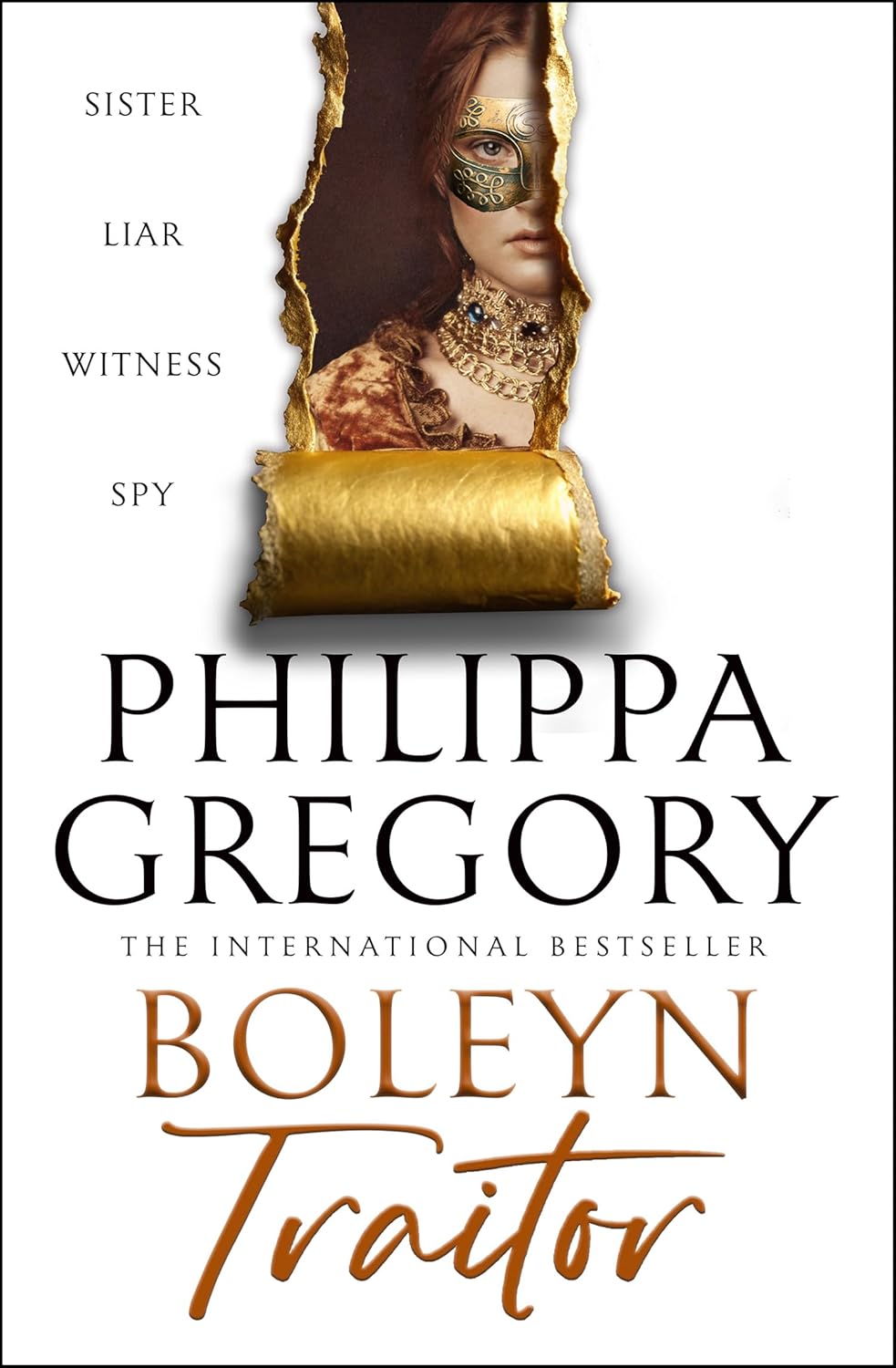Katherine’s exact birth date is unknown, but estimated to be between 1518 and 1527. Katherine had an aristocratic pedigree, but her family was almost always penniless due to their large family. After the death of her parents Katherine was sent to live with her step-grandmother, the Dowager Duchess of Norfolk. Her household was full of her young wards and companions and they received little supervision. She was young, merry and vivacious and could read and write but was not scholarly or devout.
Katherine’s music teacher, Henry Mannox, took advantage of the laissez-faire household and started a sexual relationship with her when she was around 13 years old. They both confessed to it at her later trial, though they always denied intercourse.
Another man, Francis Dereham, was soon pursuing Katherine. He was a secretary in her grandmother’s household. They almost certainly became lovers, addressing each other as ‘husband’ and ‘wife’, Francis even entrusted her with his money whilst he was traveling, but Mannox informed the Dowager Duchess and she put an end to the relationship.
Katherine's uncle, the Duke of Norfolk, found her a place at court as lady-in-waiting to Anne of Cleves. Whilst Katherine fell in love with the handsome, young Thomas Culpeper, a gentleman of the king's Privy Chamber, the king himself fell in love with Katherine. He bestowed her with gifts of land, furs and jewels and the Howard family’s position and influence at court began to rise.
Just three weeks after Henry’s marriage to Anne of Cleves was annulled, he married Katherine. Henry was nearing fifty years of age and his health was beginning to fail, he was overweight, with a ulcerated thigh that had to be drained daily.
Katherine’s romance with Thomas Culpeper continued, her cousin Lady Jane Rochford, who previously testified against her husband George Boleyn and her sister-in-law Anne Boleyn, assisted their courtship.
Meanwhile, Katherine toured England with Henry and preparations for her coronation began, but rumours of Katherine’s previous indiscretions continued to haunt her and she was forced to give favours and positions in return for silence. Disastrously, Katherine’s grandmother urged her to appoint Francis Dereham as her personal secretary.
Religious reformer John Lascelles discovered Katherine’s past and went to Thomas Cranmer, Henry's close friend and Archbishop of Canterbury. Cranmer, aware that Katherine’s relationship with Francis Dereham would invalidate her marriage to the King, wrote to Henry outlining the allegations.
Dereham was arrested and tortured, he confessed and named Culpeper, who was also arrested and confessed under torture. Maids and ladies for Katherine’s household were quick to confirm the suspicious and a love letter to Culpeper was discovered in Katherine’s distinctive handwriting.
Katherine was charged with treason and confined to her rooms at Hampton Court. She was questioned on 7th November 1541 by Cranmer himself, he found her “in such lamentation and heaviness as I never saw no creature, so that it would have pitied any man's heart to have looked upon her”.
Katherine always denied a pre-contract with Dereham, even though it would have allowed Henry to annul the royal marriage and though she would have been disgraced, her life would probably have been spared.
Culpeper was beheaded and Dereham was hung, drawn and quartered, their heads displayed on pikes on London Bridge. Katherine was imprisoned until parliament passed a bill that made it treason for a queen consort to fail to disclose her sexual history to the king within twenty days of marriage, or to incite someone to commit adultery with her. Of this she was undoubtedly guilty and she was moved to the Tower where she was beheaded at 7am on Monday, 13th February 1542 along with her cousin Lady Jane Rochford.
Now let me see, what do I have?
I have a small gold chain from my long-dead mother that I keep in my special jewelry box, sadly empty but for this one chain; but I am certain to get more. I have three gowns, one of them new. I have a piece of French lace sent by my father from Calais. I have half a dozen ribbons of my own. And, more than anything else, I have me. I have me, glorious me! I am fourteen today, imagine that! Fourteen! Fourteen, young, nobly born though, tragically, not rich; but in love, wonderfully in love. My lady grandmother the duchess will give me a gift for my birthday, I know she will. I am her favourite, and she likes me to look well. Perhaps some silk for a gown, perhaps a coin to buy lace. My friends in the maids’ chamber will give me a feast tonight when we are supposed to be asleep; the young men will tap their secret signal on the door, and we will rush to let them in and I will cry, “Oh, no!” as if I wanted it to be just girls alone, as if I am not in love, madly in love, with Francis Dereham. As if I haven’t spent all day just longing for tonight, when I shall see him. In five hours from now I will see him. No! I have just looked at my grandmother’s precious French clock. Four hours and forty-eight minutes.
Image: Portrait of a Lady, perhaps Katherine Howard, by Hans Holbein the Younger, c.1540, Royal Collection (RCIN 422293)



